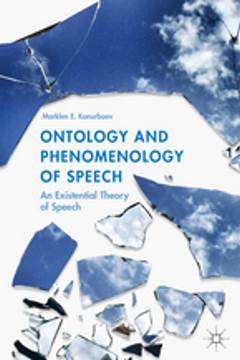Repository | Book | Chapter

(2018) Ontology and phenomenology of speech, Basingstoke, Palgrave Macmillan.
Material signals from the outer world are perceived by our sensory systems and variously interpreted by the zones of the brain. The auditory, visual or tactile sensations, colours, smells, symphonies of sounds collectively form a holistic image or perception. Brain performs inference, combining sensory information with expectations, that come from the current context or memory. This mechanism forms a habit that is retained genetically by generations of people and the change within a short period of time is very unlikely in spite of any technological advances in the twenty-first century. Phenomenologically, the perception of speech and its understanding look as a continuous integration of facts and data available in speech itself and in the relevant memories and experience—into one continuous vision of life that is definitely hidden in the dark recesses of human brain, but needs to be exposed for the purposes of effective communication.
Publication details
DOI: 10.1007/978-3-319-71198-0_8
Full citation:
Konurbaev, M. (2018). Neurophysiological roots of the phenomenon of life in speech, in Ontology and phenomenology of speech, Basingstoke, Palgrave Macmillan, pp. 199-217.
This document is unfortunately not available for download at the moment.



